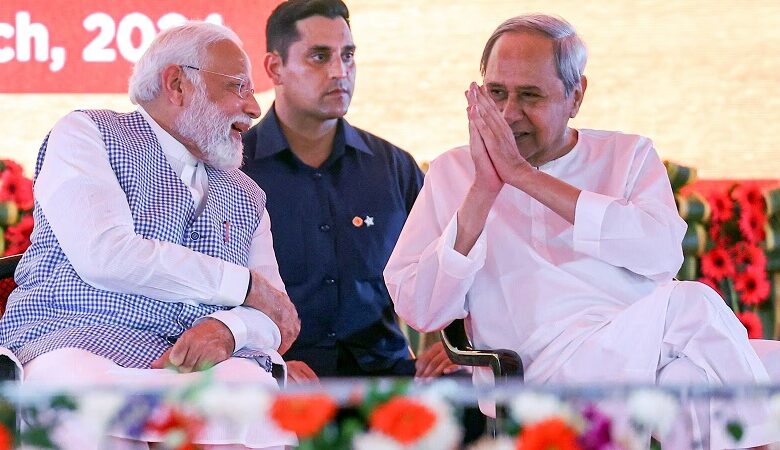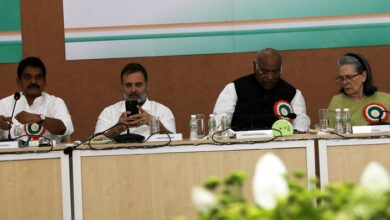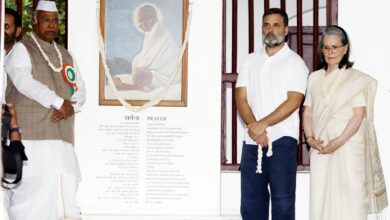Political Sparring in Odisha: Narendra Modi vs. Naveen Patnaik

News Mania / Agnibeena Ghosh/6th May 2024
In an unusual public altercation, Prime Minister Narendra Modi took a direct swipe at Odisha Chief Minister Naveen Patnaik, asserting that the “expiry date” of the Biju Janata Dal (BJD) government is set for June 4, coinciding with the announcement of election results. Modi’s remarks, made during a Lok Sabha election rally in Berhampur, Odisha, aimed to galvanize support for the Bharatiya Janata Party (BJP) ahead of the state assembly elections.
Modi’s assertion regarding the BJD’s purported end date and his invitation for the swearing-in ceremony of a BJP Chief Minister on June 10 marked a bold challenge to Patnaik’s longstanding dominance in Odisha politics. By setting a specific timeline for the transition of power, Modi sought to portray the BJP as the inevitable successor to the BJD government.
In response, Patnaik dismissed Modi’s claims as “daydreaming,” asserting his confidence in securing a sixth consecutive term as Odisha’s Chief Minister. Patnaik’s close associate VK Pandian reinforced this stance, announcing the proposed oath-taking ceremony for Patnaik on June 9, thereby reaffirming the BJD’s grip on power in the state.
Modi’s critique of the BJD’s governance focused on the persistent poverty in Odisha despite its abundant natural resources. He attributed this failure to both the Congress and the BJD, highlighting their combined decades-long rule in the state. Modi accused the BJD government of obstructing central government schemes, implying that the state’s developmental stagnation was a consequence of its governance.
The Prime Minister’s rhetoric aimed to capitalize on discontentment with the incumbent regime and position the BJP as the harbinger of change in Odisha. By highlighting the state’s untapped potential and contrasting it with its economic underperformance, Modi sought to rally support for the BJP’s vision of transformative governance.
Patnaik’s retort, delivered through Pandian, sought to portray Modi’s assertions as baseless and unfounded. By affirming Patnaik’s imminent re-election and specifying the date for his oath-taking ceremony, the BJD aimed to project confidence in its electoral prospects and reinforce Patnaik’s leadership credentials.
The exchange between Modi and Patnaik underscored the intensifying electoral competition in Odisha and the high stakes involved for both parties. With the BJP making significant inroads in the state in recent years, the BJD faced a formidable challenge to its political hegemony.
Modi’s direct challenge to Patnaik’s rule represented a calculated gamble by the BJP to capitalize on anti-incumbency sentiment and position itself as the alternative to the status quo. By setting a definitive timeline for the transition of power, Modi sought to create a sense of inevitability around the BJP’s ascendance in Odisha politics.
Patnaik’s swift response aimed to counter Modi’s narrative and project an image of stability and continuity under the BJD’s leadership. By confidently asserting his imminent re-election, Patnaik sought to reassure voters of his commitment to the state’s welfare and development.
As the electoral battle in Odisha intensifies, the clash between Modi and Patnaik exemplifies the strategic maneuvering and rhetorical exchanges characterizing Indian politics. The outcome of this contest will not only shape the political landscape of Odisha but also have broader implications for the BJP’s ambitions and the dynamics of regional politics in India.






